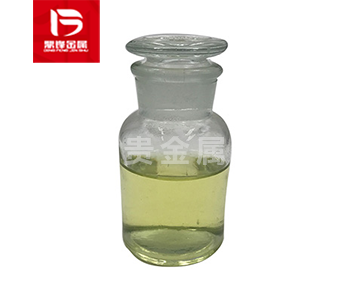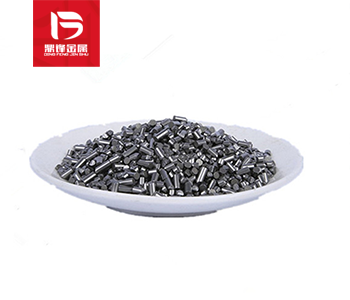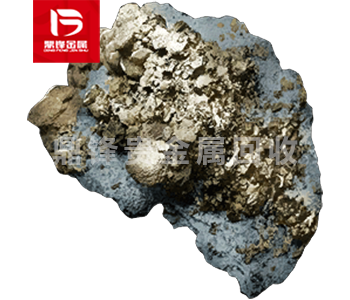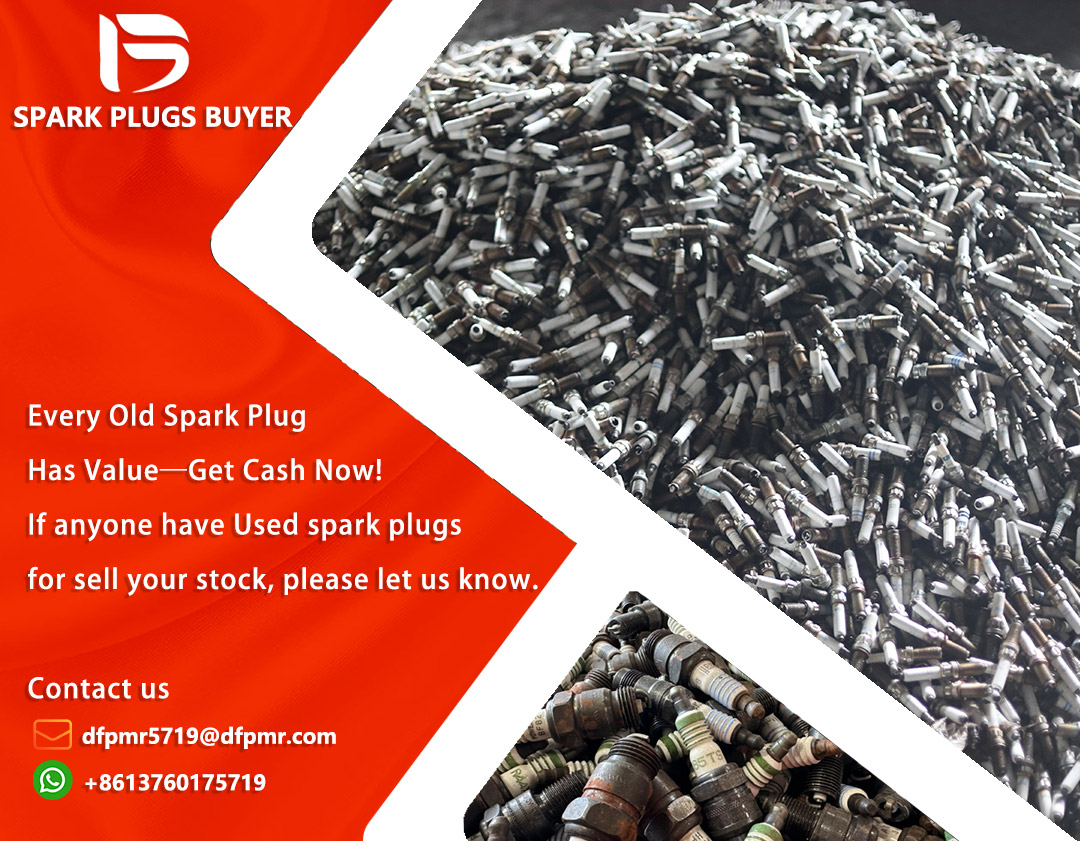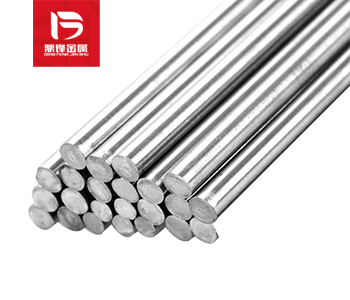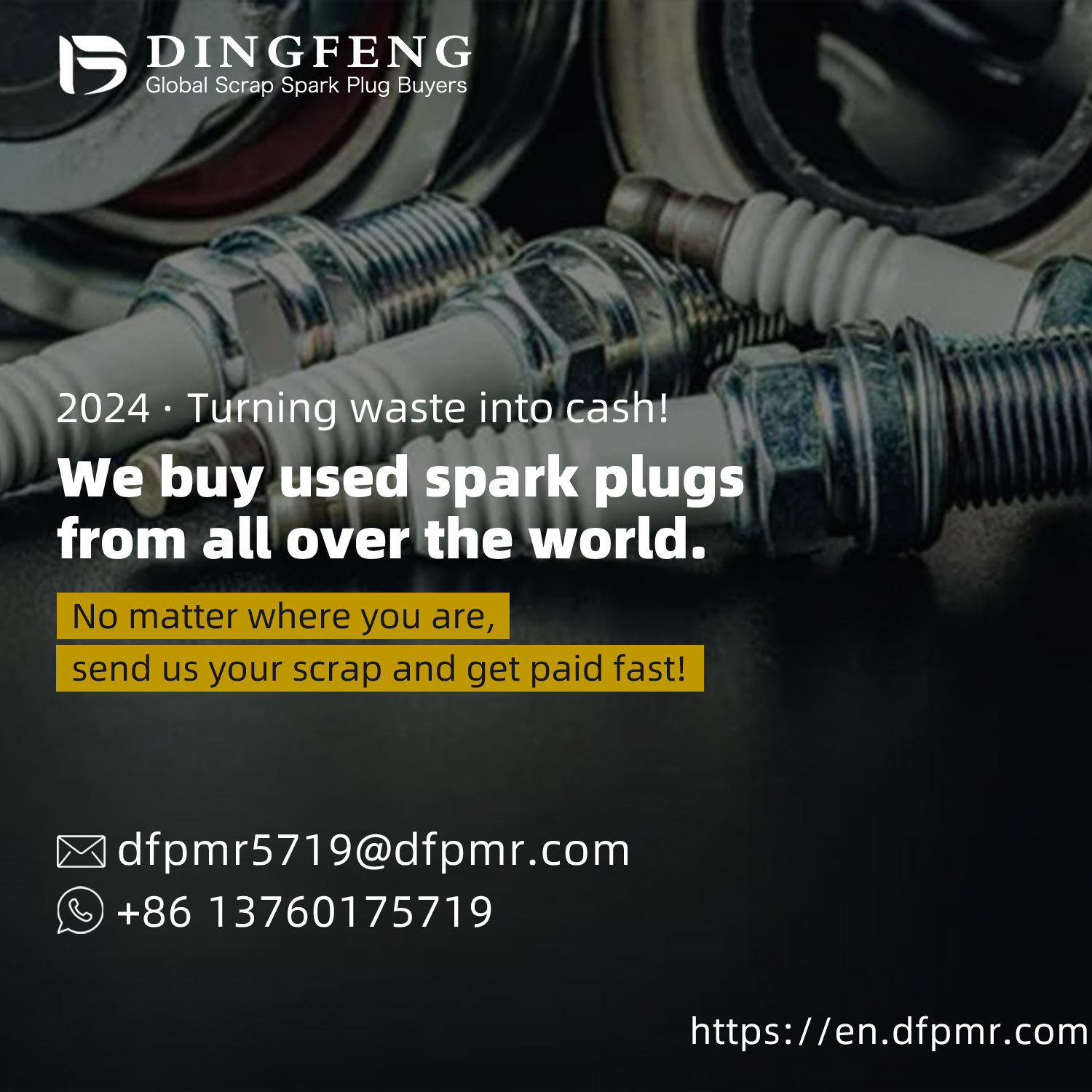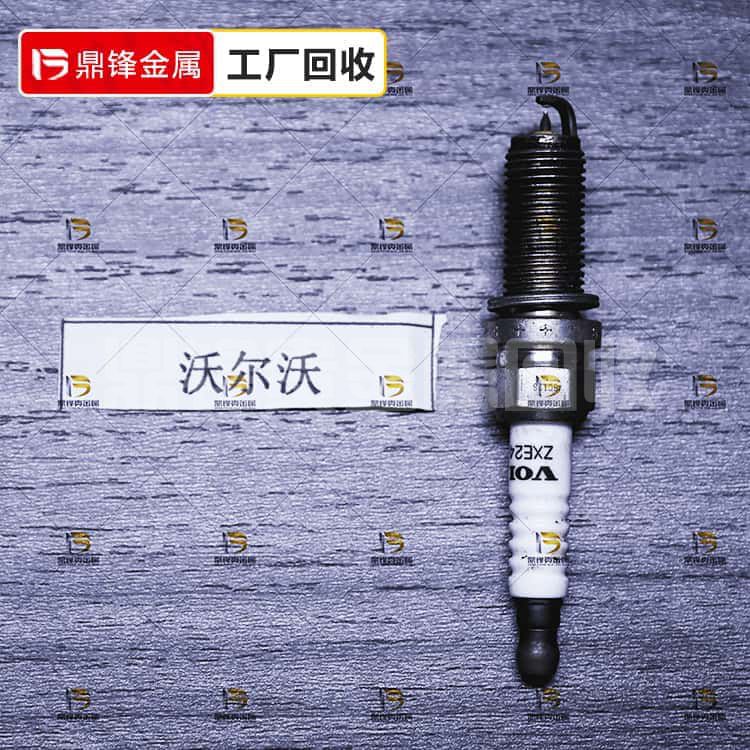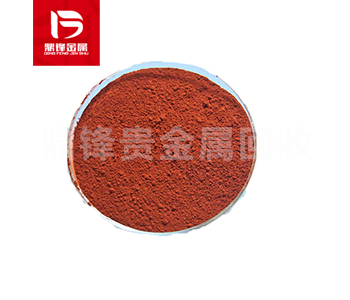Recovery of Germanium tetrachloride_ Germanium chloride recovery_ Rare metal recycling manufacturers
Germanium tetrachloride (GeCl4) is an inorganic compound consisting of one germanium atom and four chlorine atoms. It is a colorless to yellow liquid with a pungent odor at room temperature. Germanium tetrachloride is a chloride of germanium and one of the most common and important compounds in germanium chemistry. Waste germanium tetrachloride is one of the sources for the recovery of germanium-containing precious metal catalysts. The recovery of germanium-containing precious metal catalysts also includes the recovery of germanium sulfide, germanium iodide, germanium fluoride, germanium oxide, and germanium selenide.
Product Details
Germanium tetrachloride (GeCl4) is a Inorganic compound consisting of one germanium atom and four chlorine atoms. It is a colorless to yellow liquid with a pungent odor at room temperature. Germanium tetrachloride is a chloride of germanium and one of the most common and important compounds in germanium chemistry.
Germanium tetrachloride usually exists in the form of liquid, which has a high boiling point and melting point. It is almost insoluble in water, but soluble in many organic solvents such as benzene, toluene, and chlorinated hydrocarbons. In humid air, Germanium tetrachloride will react with water vapor to produce germanic acid.
Germanium chloride is a chloride of germanium, and its preparation methods mainly include the following:
1. Direct Chloride process of germanium chloride: germanium chloride can be prepared by directly reacting germanium with chlorine. Firstly, high-purity germanium metal is placed in a reactor, and then chlorine gas is introduced into the reactor and heated. During the reaction process, germanium reacts with chlorine gas to generate germanium chloride. The reaction equation is as follows: Ge+2Cl2 GeCl4
2. Indirect Chloride process of germanium chloride: indirect Chloride process is to prepare germanium chloride by first preparing Germanate and then chlorinating. First, germanium powder is reacted with dilute sulfuric acid to generate germanic acid: Ge+4H2SO4 Ge (SO4) 2+4H2O. Then, germanic acid is reacted with sodium chloride (NaCl) or Barium chloride (BaCl2) to generate corresponding germanium chloride: Ge (SO4) 2+4NaCl GeCl4+2Na2SO4 Ge (SO4) 2+4BaCl2 GeCl4+2BaSO4
3. Bromination method of germanium chloride: Bromination method is another method for preparing germanium chloride. By reacting germanium with bromine gas under high temperature conditions, a mixture of germanium chloride and germanium bromide can be obtained. Then, separate germanium chloride and germanium bromide by fractionation or other methods.
Waste Germanium tetrachloride is one of the sources of recovery of germanium containing noble metal catalysts. Recovery of germanium containing noble metal catalysts also includes recovery of germanium sulfide, germanium iodide, germanium fluoride, germanium oxide and germanium selenide. If you have any demand for the recycling of germanium precious metal catalyst waste, please call our 24-hour service hotline. Dingfeng Precious Metal Recycling and Refining Factory has its own recycling and refining factory without intermediaries to earn price differences. Our professional technical team and customer service personnel provide one-on-one services to ensure customer privacy during the recycling process.


